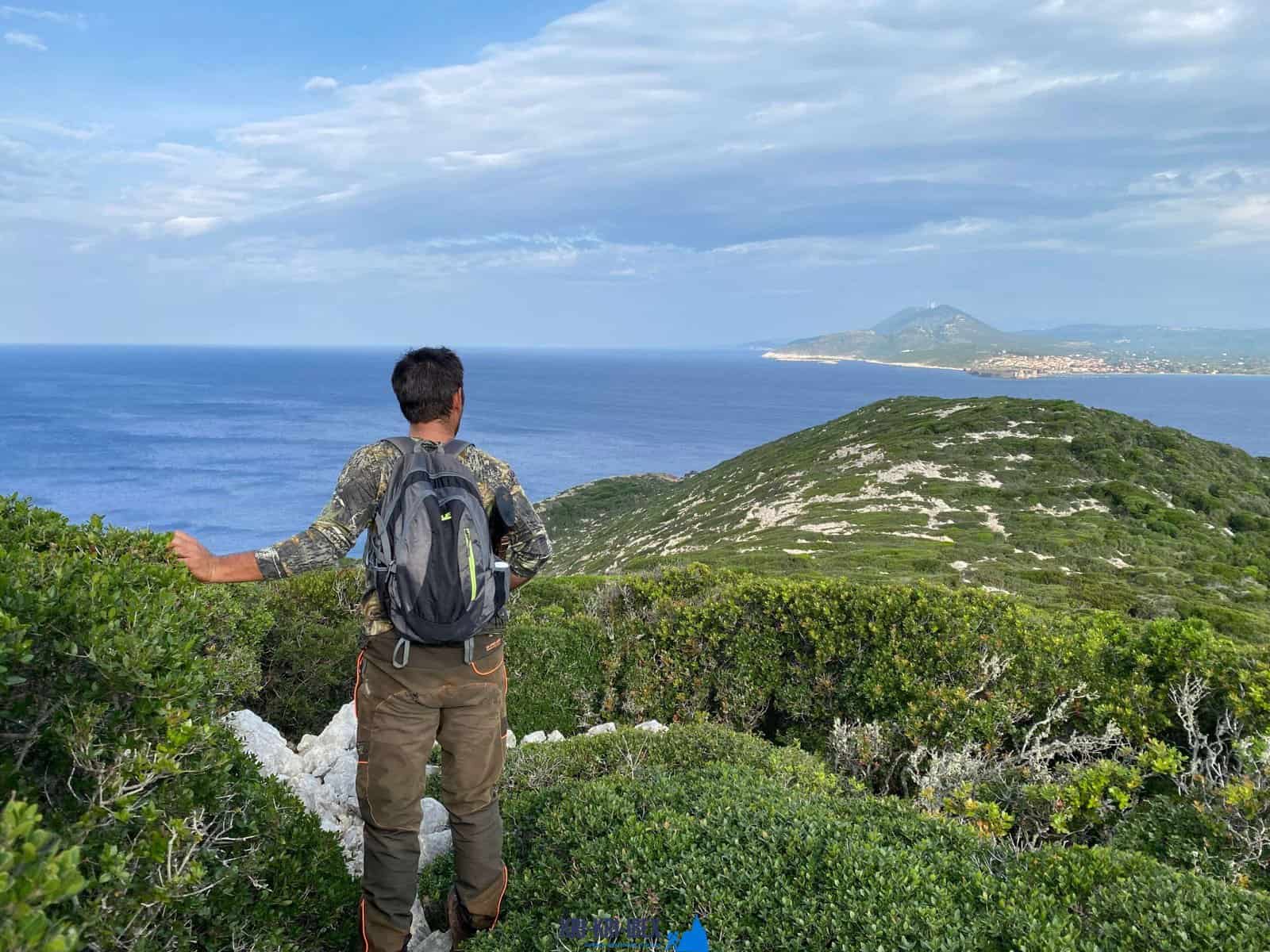Exploring the 'Real' Greece with Our Peloponnese Tours
Exploring the 'Real' Greece with Our Peloponnese Tours
Blog Article

Searching for Kri Kri ibex in Greece is an incredible hunting expedition and also wonderful vacation all in one. Ibex hunting is usually a severe experience, but not in this situation! Dive to shipwrecks and spearfishing in ancient Greece, or enjoy ibex searching in an exotic area are just a few of things you could do during a week lengthy ibex searching expedition in Greece. Can you consider anything else?

Greece is a stunning country with a lot of chances for tourists. There are sensational coastlines, old ruins, and also delicious food to appreciate. Furthermore, there are several activities offered such as cycling, hiking, as well as skiing. Greece is the ideal destination for any person seeking a trip packed with adventure as well as excitement.
To many individuals, The Peloponnese peninsula on the Greek Mainland is the 'genuine' Greece, where points have not transformed much at all over the centuries although that many individuals have discovered it. This is a location where you could easily spend a month or more but if you are short on time then our searching and also touring Peloponnese Tours from Methoni is a wonderful service. This covers a huge amount of ground to a few of Europe's a lot of extraordinary websites in simply 5 days. You truly won't believe what you see! Whilst the Peloponnese is house to a few of the most effective beaches in Greece there are many points to do and also see that it is really a year-round destination. Whilst Summer is the ideal time to spend at the coastlines as well as waterfalls, Spring as well as Autumn are exceptional for treking as well as discovering Ancient Ruins, Caves and also Archeological sites. Even winter is enticing as a lot of the villages as well as communities obtain some snow, specifically in the hills, as well as the stone architecture and vineyards offer themselves to cosy minutes by an open fire. The casseroles and standard winter season food is hearty and also scrumptious. Despite what time of year you choose you will discover the crowds really convenient and also in several locations, non-existent.
If you are looking for Kri Kri ibex hunt and also remarkable holiday destination, look no more than the Sapientza island in Greece. With its sensational natural beauty, delicious food, and abundant culture, you will certainly not be dissatisfied. Book among our hunting and visiting Peloponnese Tours from Methoni today, dot neglect your trophy Kri Kri ibex!
What is the diference between Kri Kri ibex, Bezoar ibex and hybrid ibex
The kri-kri is not thought to be indigenous to Crete, most likely having been imported to the island during the time of the Minoan civilization. Nevertheless, it is found nowhere else and is therefore endemic to Crete. It was common throughout the Aegean but the peaks of the 8,000 ft (2,400 m) White Mountains of Western Crete are their last strongholds–particularly a series of almost vertical 3,000 ft (900 m) cliffs called ‘the Untrodden’—at the head of the Samaria Gorge. This mountain range, which hosts another 14 endemic animal species, is protected as a UNESCO Biosphere Reserve. In total, their range extends to the White Mountains, the Samaria National Forest and the islets of Dia, Thodorou, and Agii Pandes.
This Ibex is NOT a diminutive form of the Bezoar Ibex, which has migrated into the western-most reach of the range of this species. The kri – kri (Capra aegagrus cretica), sometimes called the Cretan goat, Agrimi, or Cretan Ibex, is a feral goat inhabiting the Eastern Mediterranean, previously considered a subspecies of wild goat. The kri-kri has a light brownish coat with a darker band around its neck. It has two horns that sweep back from the head. In the wild they are shy and avoid tourists, resting during the day. The animal can leap some distance or climb seemingly sheer cliffs.
“The agrimi goat Capra aegagrus cretica is unique to Crete and its offshore islands. It has been identi®ed as a sub-species of the wild bezoar goat Capra aegagrus aegagrus Erxleben, 1777, which it closely resembles in horn shape, body form and coloration. This classi®cation has been disputed by some researchers who claim that the agrimi are feral goats, derived from early domestic stock brought to the island by the ®rst Neolithic settlers. In order to clarify this issue, DNA analyses (cytochrome b and D loop sequences) were carried out on tissue of live and skeletonized agrimi and compared to sequences of wild and domestic caprines. Results conclusively show the agrimi to be a feral animal, that clades with domestic goats (Capra hircus) rather than with wild Asiatic bezoar. This study demonstrates that morphometric criteria do not necessarily re¯ect genetic af®nities, and that the taxonomic classi®cation of agrimi should be revised.”
Report this page